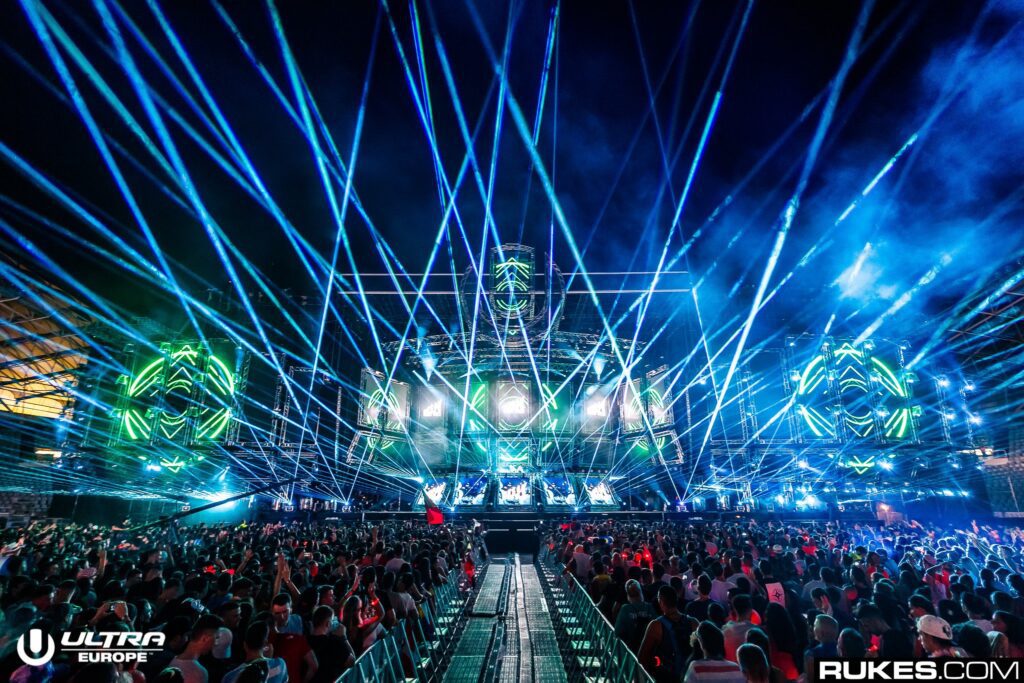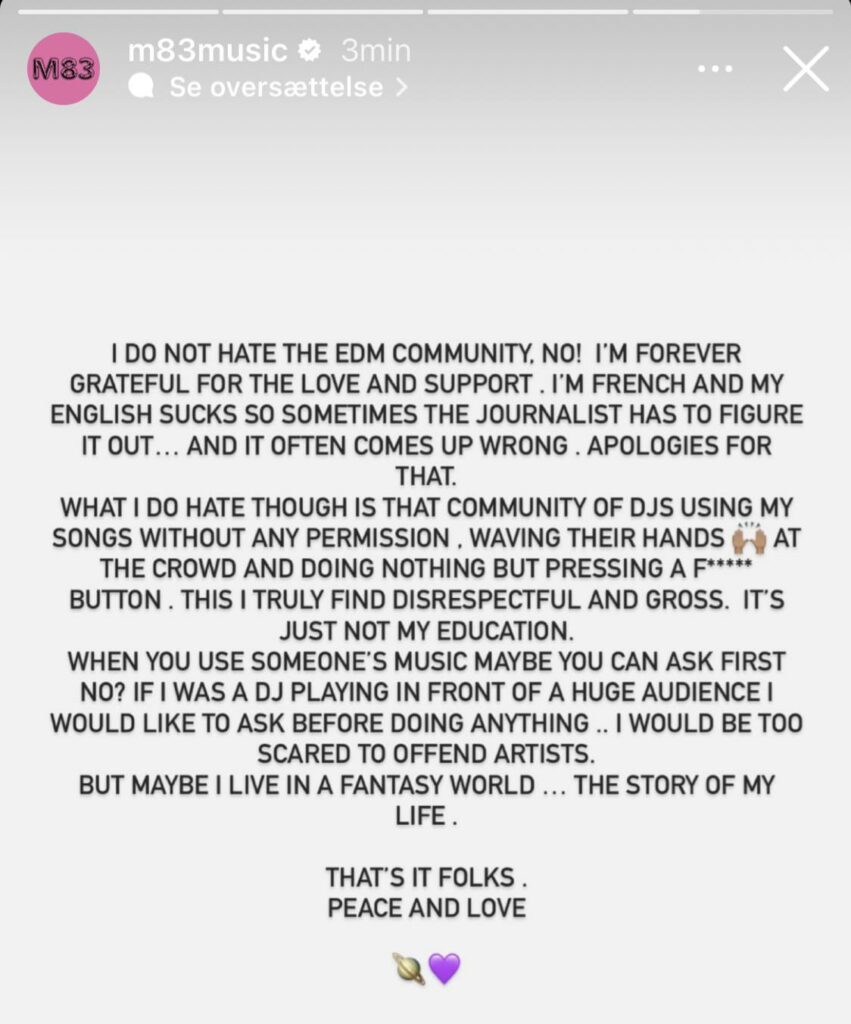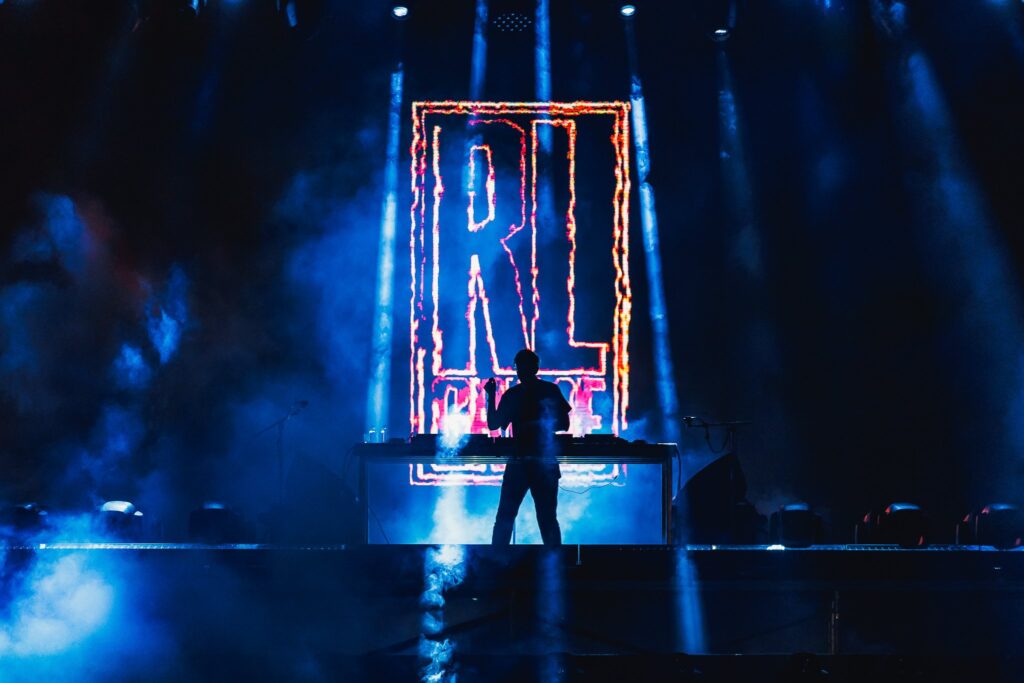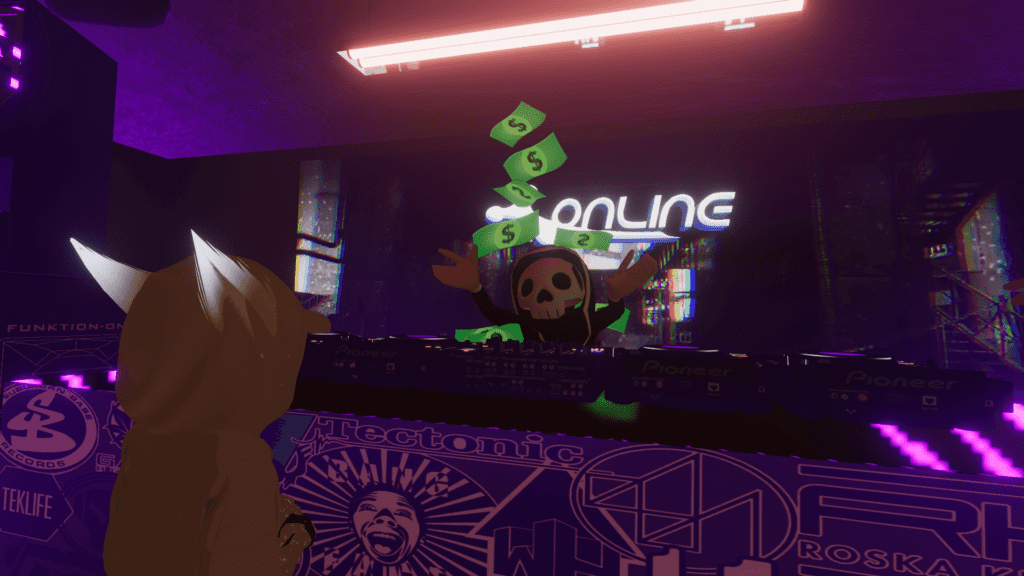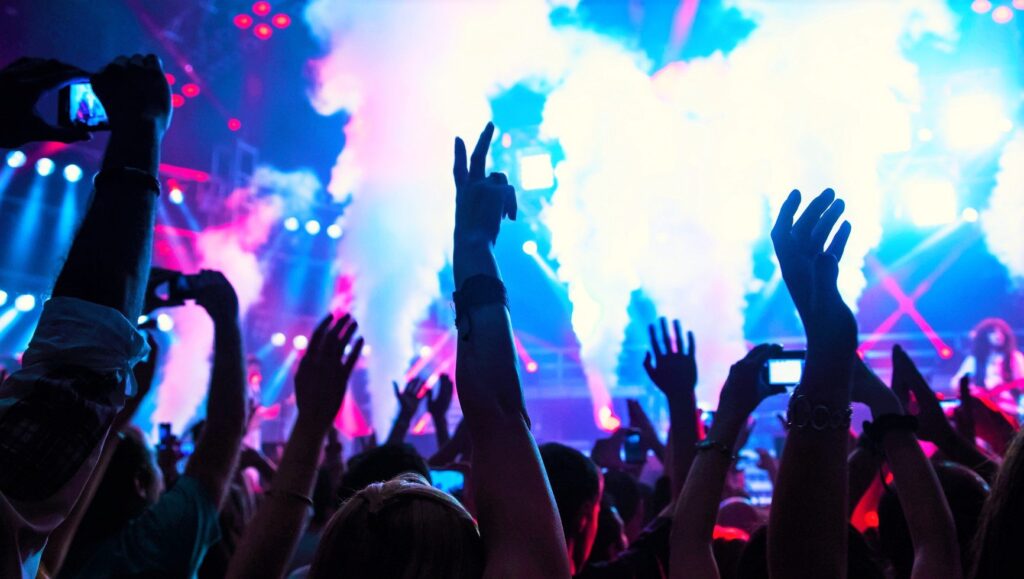Dubstep originated in the early- to mid-2000s, pioneered by artists like Hatcha, Loefah, Kode9, Skream, Benga, Coki, and labels like Big Apple and Tempa. Early on, it was pushed heavily by pirate radio stations like RinseFM, which has since become instrumental in the rise of the genre, as well as BBC Radio 1.
It began out of influences from 2-step and dub reggae, as well as jungle, broken beat, and grime. But why was dubstep made in 140 bpm (in halftime, of course)? According to Skream, the answer is surprisingly simple: it was just the original load up tempo on Fruity Loops 3, a popular DAW at the time.
Dubsteps 140 because that was the original load up tempo on FRUITY LOOPS 3 https://t.co/kSgngCRXwf
— Oliver Jones (@I_Skream) October 27, 2020
Can’t believe how many people didn’t know this! https://t.co/ZmGzOGmmVA
— Oliver Jones (@I_Skream) October 28, 2020
As a popular DAW, it was also the program of choice for grime and 2step, which only further contributed to the influence that carried over into dubstep.
FL was 140bpm default for as long as I remember which is why Grime is also 140bpm as standard. Pretty sure a lot of baseline is too. The unintended consequences of a software coder’s decision dictated the pace of U.K. underground music!
— Boj (@thenotoriousboj) October 28, 2020
Photo via Christelle de Castro / Red Bull Content Pool




